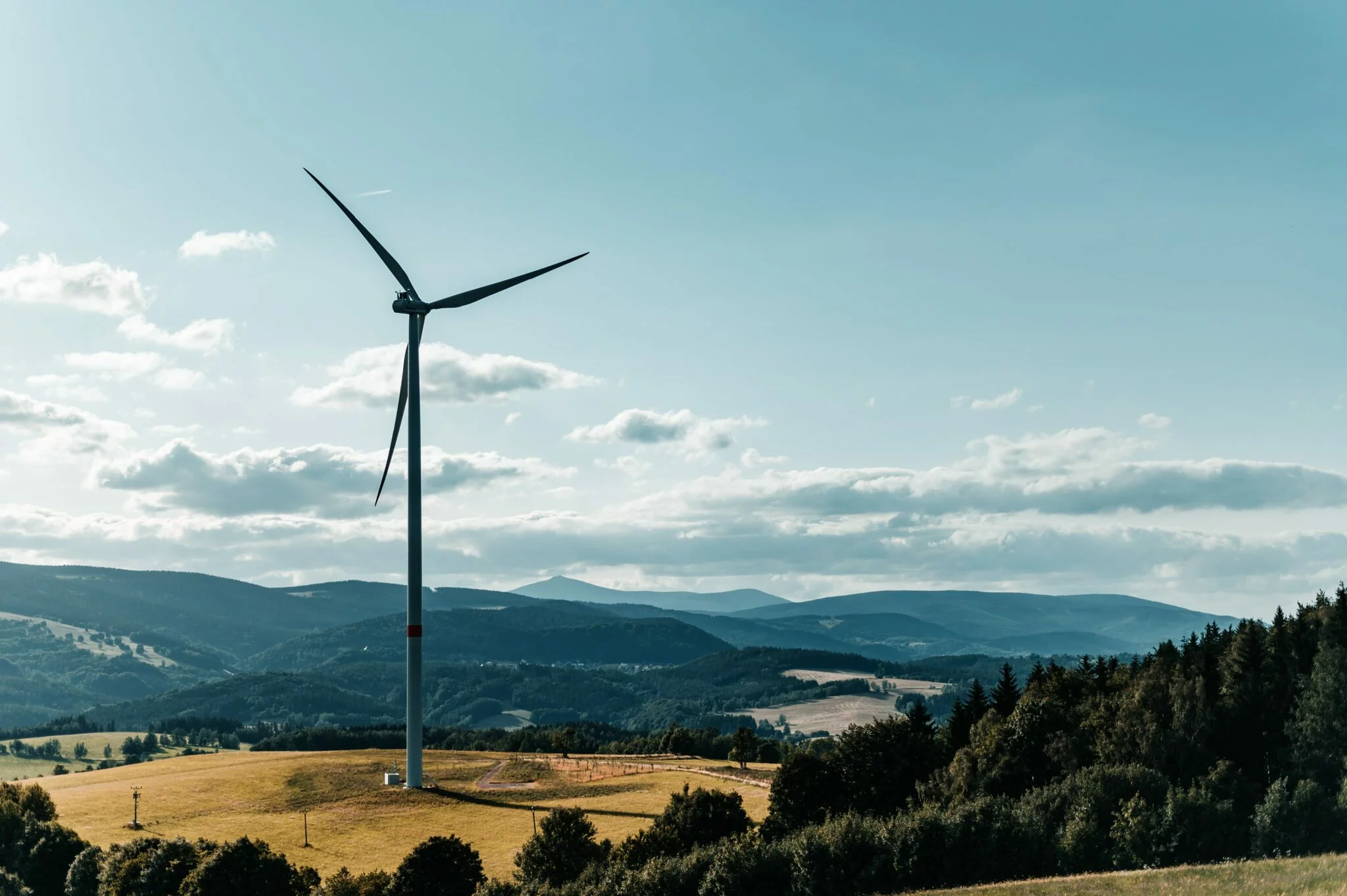Global lender’s head Kristalina Georgieva calls on countries to step up their $100bn climate finance pledges
The International Monetary Fund is urging countries to scale up green investments and set a higher global carbon pricing floor to mitigate the adverse effects of climate change.
Green supply policies could result in a 2 per cent increase in the global gross domestic product this decade, creating “millions of jobs”, Kristalina Georgieva, the managing director of the IMF wrote in the bank’s Finance and Development magazine’s September issue.
“On average, about 30 per cent of new investment is expected from public sources, making it vital to mobilise private financing for the remainder,” she said.
The Washington-based lender reiterated its push for a higher carbon price ceiling and reduced fossil fuel subsidies to cut emissions.
Countries around the world are being encouraged to adopt a strict carbon pricing mechanism.
A carbon price puts a specific value on a tonne of carbon emitted by an industry, thereby making it more expensive to pollute the environment. A carbon price floor, which the IMF has been recommending, imposes a tax on fossil fuels to incentivise investment in low-carbon alternatives.
“Price signal must get predictably stronger – reaching an average global carbon price of $75 per tonne by 2030, way up from today’s $3 per tonne. Major emitters agreeing on an international carbon price floor would be a good start,” Ms Georgieva said.
She also urged governments to cut down subsidies amounting to $5 trillion annually, even at the risk of significant political costs.
Her comments come ahead of the Cop26 meeting of world leaders in Glasgow, Scotland in November.
World leaders at the conference will aim to strengthen commitments made in Paris in 2015 to stabilise the planet’s climate and look to speed up action to achieve a zero-carbon future by 2050.
The Paris Agreement provides a mandate for countries to lower their carbon emissions to well below 2°C above pre-industrial levels, preferably about 1.5°C.
Reforming carbon pricing has been cited as an important goal towards reaching net-carbon neutrality by the middle of the century, according to several models.
Carbon pricing will have to increase more than seven-fold to contain global warming to pre-industrialisation levels of 1.5°C under the Paris Agreement, consultancy Wood Mackenzie said in March.
Carbon prices would need to rise to $160 per tonne of carbon dioxide by 2030, up from the current global average of $22 per tonne to support the 1.5-degree pathway.
“A credible carbon price would send a critical signal to direct investment and innovation toward clean technologies and encourage energy efficiency,” economists Amar Bhattacharya and Nicolas Stern also wrote in the IMF’s Finance and Development magazine’s September issue.
“Increased spending on sustainable infrastructure has strong multiplier effects. In the short term, it can help the world economy recover from the effects of the Covid-19 pandemic by creating jobs and investment opportunities,” they said.
Developed countries are being urged to help bridge the gap in financing for developing economies by spending $100 billion on an annual basis in climate finance.
Ms Georgieva said countries had “no time to waste” in helping the least developed nations also accelerate energy transition efforts.
“The world’s poorest countries have contributed the least to climate change, but are most vulnerable to its effects and least able to cover the cost of adaptation,” she said.
“With many of the lowest-cost mitigation opportunities in emerging market and developing economies, it is in the global interest that developed economies fulfil their commitment.”
By Jennifer Gnana
This article was originally shared by The National News.






